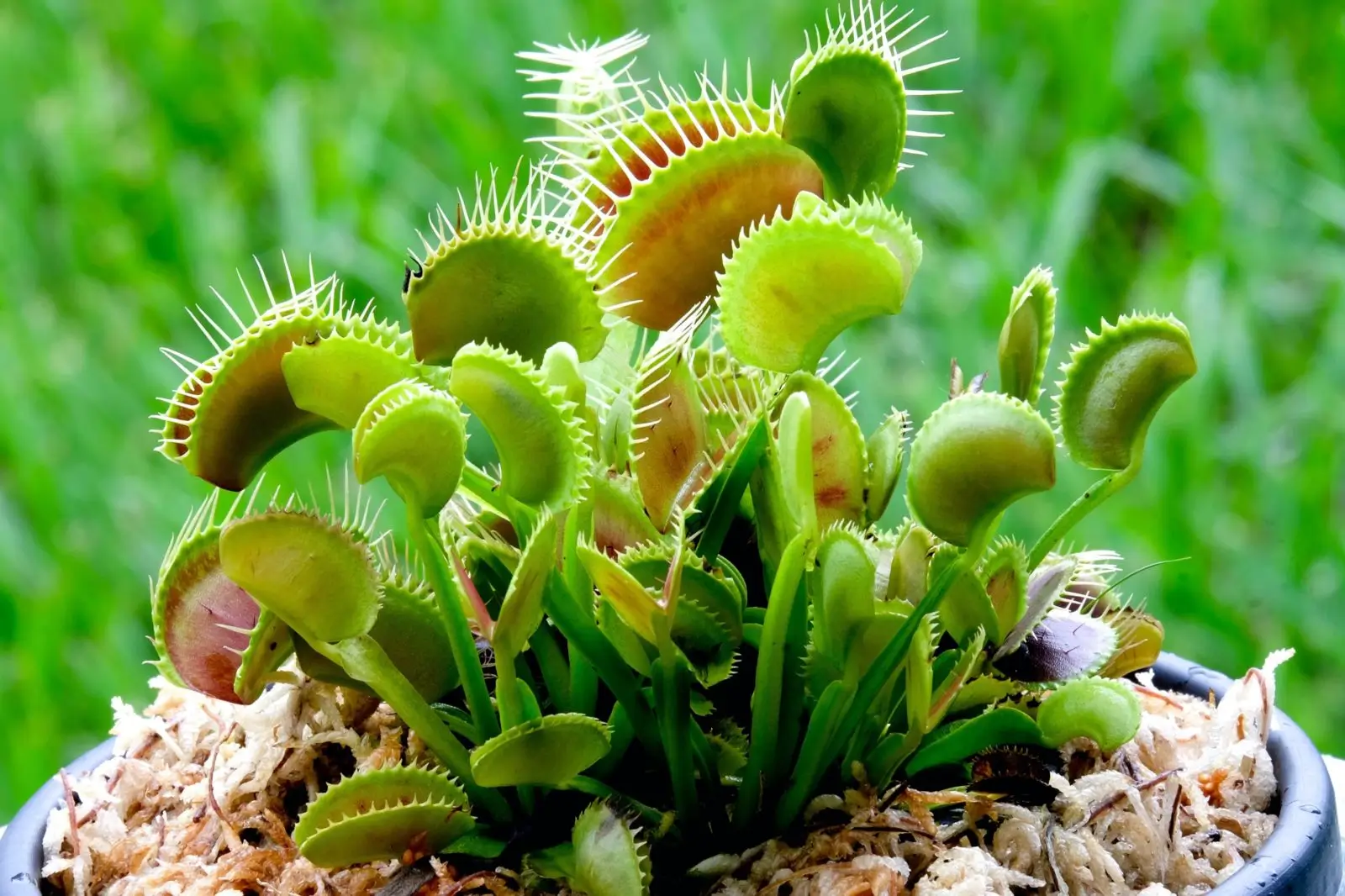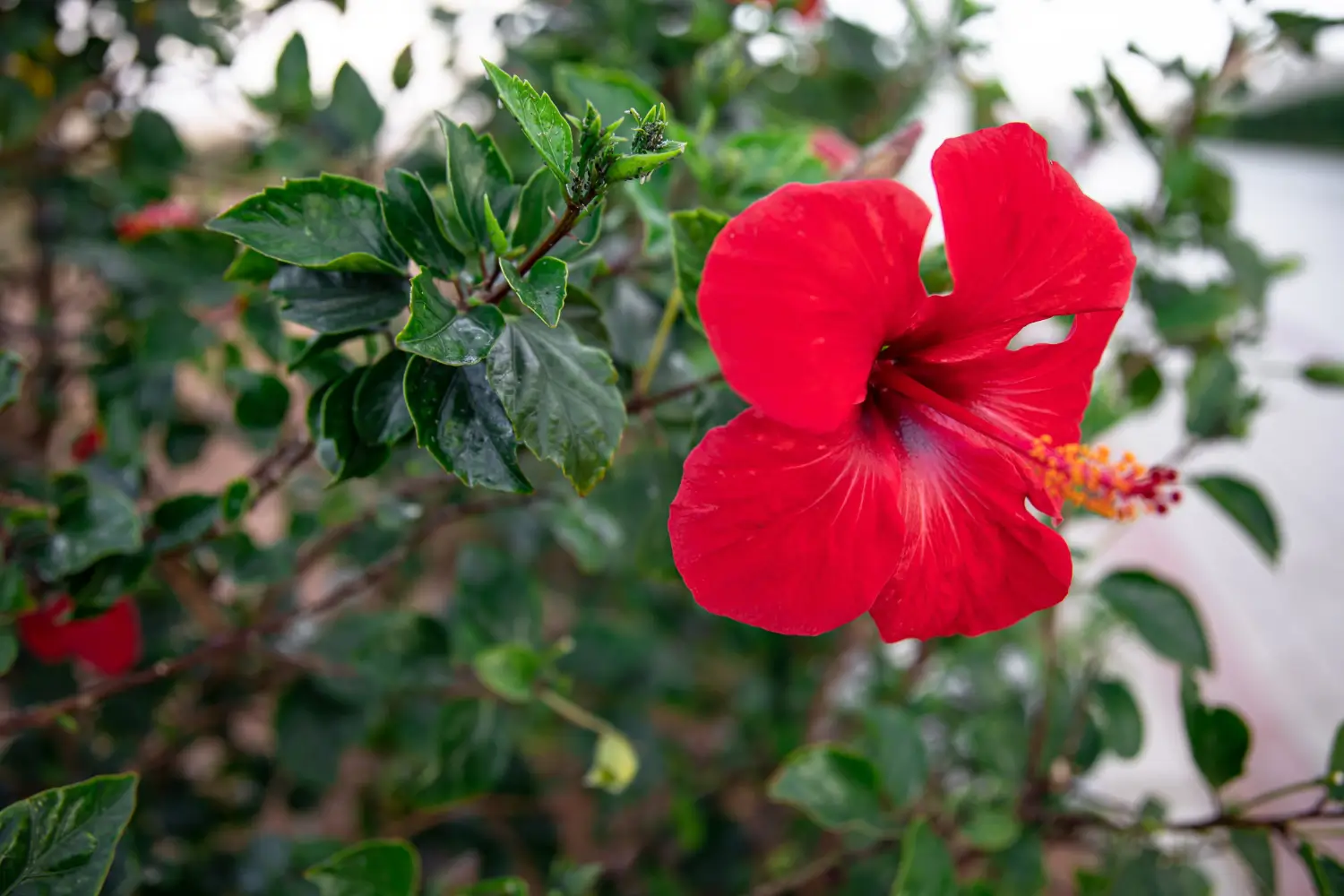
Soil Health & Fertilization
We unite suppliers and green industry professionals worldwide
Not many houseplants really live up to their name quite like the Variegated String of Hearts. Each heart-shaped leaf hangs from trailing vines, splashed with creamy white, soft green and blushing pink hues
By Victor Miller
|Published on June 18, 2025


"Ever seen a plant snap shut like a creature with a mind of its own?"
That’s the simple magic of the Venus Fly Trap (Dionaea muscipula), a carnivorous plant that has enchanted botanists, gardeners and curious minds for centuries. It’s native to the subtropical wetlands of the Carolinas in the U.S., and this plant lures, traps, and digests insects using its jaw-like leaves, which is one of the weirdest and most entertaining houseplants you’ll find.
Although it may look and act exotic, a Venus Fly Trap makes a superb houseplant once you learn its basic natural preferences. With the proper light, water and dormancy schedule, this living fly-catcher can flourish on your windowsill or on a balcony - while helping reduce the local bug population.
| Botanical Name | Dionaea muscipula |
| Common Name | Venus Fly Trap |
| Type | Carnivorous perennial |
| Height | 5–7 inches |
| Sunlight requirements | Full sun to bright light |
| Soil needs | Acidic, nutrient-poor (peat-based) |
| Watering needs | Distilled or rainwater only |
| Hardiness Zones | 7–10 |
| Time to Maturity | 2–4 years |

September 25, 2025
9 minute read
September 24, 2025
9 minute read
September 23, 2025
10 minute read
September 22, 2025
9 minute read


Join as a seller and connect with thousands of B2B buyers nationwide!
Sign Up

Hardy Hibiscus
A Cold-Hardy Perennial That Brings Exotic Flair to Temperate Climates

Hardy Kiwi
A Cold-Hardy Vine That Bears Sweet, Tangy Fruit in Your Own Backyard

False Palm
False Palm is an exquisitely attractive plant with long, narrow or deeply cleft leaves that resembles a real palm but is very low maintenance. False Palm, though not a true palm — its leaves belong to other plant families — has the graceful, upright growt

Garlic
Garlic has been grown for thousands of years, from giving culinary dishes a pungent, savory flavor to providing numerous medicinal qualities. Be it roasted, sautéed or ea
A Venus Fly Trap thrives when conditions closely mimic their natural boggy habitat: high humidity, moist soil, full sun, and nutrient deficient soil. Only use rainwater, distilled, or reverse-osmosis water —tap water with minerals can kill them. Plant them in a mixture of sphagnum peat moss and perlite (no fertilizers).
Keep them outdoors in summer if you can, where they’ll catch their own prey. Inside, you can keep them near a sunny window, or use a grow light. They don’t need to be fed if they’re catching bugs on their own, though they can be offered live insects to eat once in a while.
During fall and winter, it needs to go dormant — leaf growth will slow or die back, but that’s pretty normal since the plant needs it for long-term health.
Venus Fly Trap plants require a minimum of 6 hours of direct sun per day, and 12-14 hours under a strong grow light. Without sufficient light, they grew weak, floppy and may have lost their trap function. Keeping it outdoors is ideal, especially in summer. A south-facing window is ideal indoors.
These plants can only be grown in nutrient-poor, acid soil—never in regular potting mix. A typical carnivorous plant mix contains peat moss and perlite or sand, with no added fertilizers. Soil should be kept consistently moist but not wet.
Water quality is critical. Use only distilled, rain or reverse-osmosis water. Keep the soil consistently moist, ideally with a shallow tray of water under the pot. Never let it dry out completely. Avoid watering from above; bottom-watering does a pretty good copy of their natural boggy habitat, and it also helps prevent rot.
Venus Fly Traps do not require heavy pruning but a bit of trimming does help to maintain them healthy and appealing:
Bonus: Regular cleanup= better energy for healthy trap growth.
Venus Fly Traps can be propagated by division or leaf cuttings:
Wait: New plantlets will emerge in 4–8 weeks under bright, indirect light.
Venus Fly Traps are great for containers, especially when indoors:
Venus Fly Traps require a dormancy period from late fall through winter.
Your traps will blacken and die back during this time, which is okay. Put them somewhere cooler, around 35 to 50 degrees Fahrenheit, reduce watering a bit (soil should remain just damp), and don’t feed them. Dormancy typically lasts 3 to 4 months, with new growth beginning in the spring.
Venus Fly Traps may produce tall flower stalks in spring. Although the plant’s white flowers are pretty and fascinating, blooming requires a tremendous amount of energy. For young or weak plants, it’s best to snip off the stalk early to promote trap production instead.
Although they are tough in the right conditions, Venus Fly Traps are sensitive to improper care. Avoiding problems depends on knowing what to look for:
A plant that feeds itself and snaps shut like a sci-fi creature? The Venus Fly Trap is entertaining to watch and cool to grow. With proper soil, pure water and lots of sunshine, you’ll have a one-of-a-kind plant friend that also helps keep pests away naturally. Whether in your window or on your porch, this tiny carnivore will be the star of your plant collection.
Not if it’s outside or catching its own food. Indoors, you can feed it a small live bug every 2–3 weeks.
No! Do not feed meat, cheese, or dead bugs - it can rot the trap.
Each trap closes and reopens a few times before dying. The plant continues to grow new ones.
Yes, Venus Fly Traps are non-toxic and not strong enough to harm pets.

Soil Health & Fertilization
Victor Miller

Pest Identification & Prevention
Victor Miller

Lawn Care Tips & Maintenance
Victor Miller

Soil Health & Fertilization
Victor Miller

Smart Irrigation Systems
Victor Miller

Patios, Walkways & Driveways
Victor Miller

Soil Health & Fertilization
Victor Miller

Pest Identification & Prevention
Victor Miller
My Account
Our team is always here to help.
We are open Monday - Friday, 9:00 AM to 4:30 PM PST.